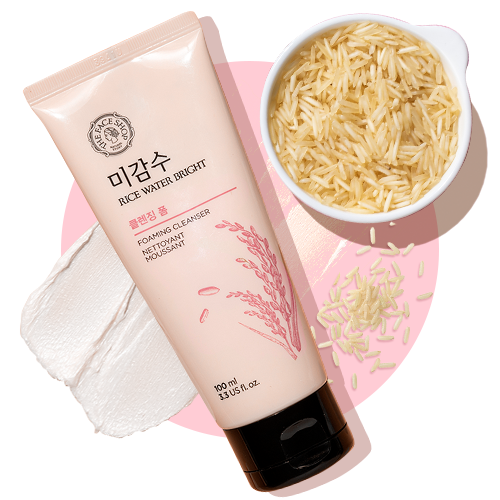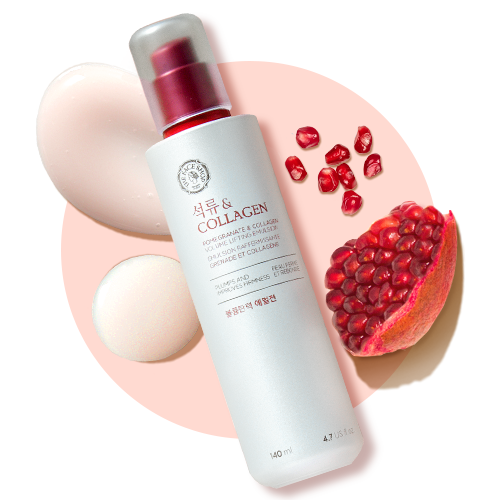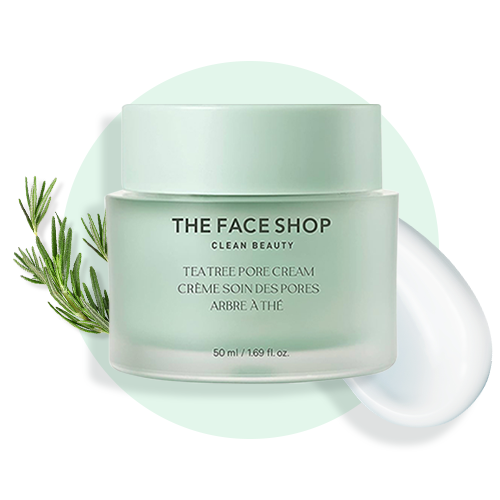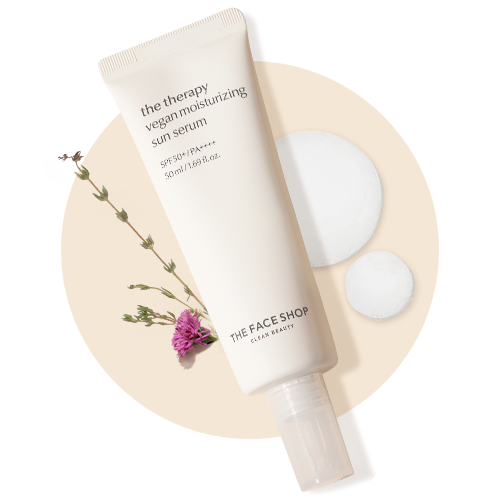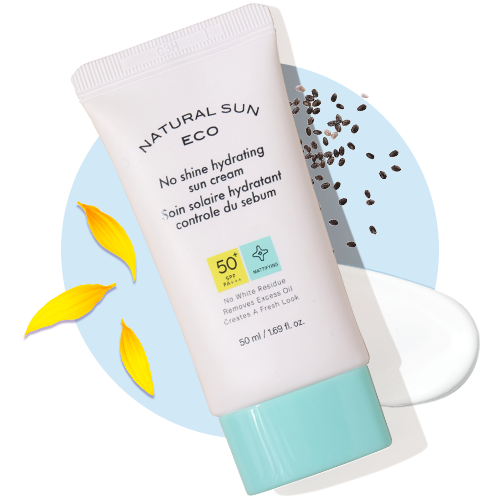Understanding UV Radiation: UVA vs UVB
Ultraviolet (UV) radiation is a form of electromagnetic radiation from the sun, with UVA and UVB being its two main types affecting the skin. UVA rays, with wavelengths between 315-400nm, penetrate deeper into the skin's dermis layer, leading to aging and long-term damage like wrinkles, age spots, and loss of elasticity. These rays are present year-round and can penetrate through glass, making daily protection essential.
UVB rays range from 280-315nm in wavelength and are primarily responsible for sunburn and the immediate reddening of skin. They're strongest during midday hours and summer months, but their intensity varies by season and geographic location. Both types of radiation contribute to skin cancer development, making comprehensive protection essential.
While UVA's impact might not be immediately visible, its effects accumulate over time, causing what dermatologists call "photoaging." UVB damage is more immediate and noticeable, but both contribute to DNA damage in skin cells. This is why broad-spectrum protection against both UVA and UVB rays is crucial for maintaining healthy, youthful skin and preventing skin cancer.
Decoding SPF: What the Numbers Really Mean
SPF, or Sun Protection Factor, quantifies how effectively a sunscreen can block UVB rays, the primary cause of sunburn. The mathematical breakdown is revealing: SPF 15 filters out 93% of UVB rays, SPF 30 blocks 97%, and SPF 50 eliminates 98%. Notice how the protection increase becomes minimal beyond SPF 30 – this is why dermatologists often recommend SPF 30-50 as the sweet spot for daily use.
The increase in protection offered by higher SPFs is minimal beyond SPF 50. SPF 100, for instance, only blocks 99% of UVB rays – just 1% more than SPF 50. This marginal improvement often comes with increased chemical concentration, which can lead to skin irritation for sensitive individuals.
In real-world applications, sunscreen effectiveness is often less than in laboratory conditions. Lab testing uses 2mg/cm² of product, which translates to about 1/4 teaspoon for the face alone – much more than most people typically apply. This gap between lab testing and real-world usage means your SPF 30 might perform more like SPF 15 if applied too thinly.
A common misconception is that SPF indicates the duration of sun exposure protection rather than the percentage of UVB blockage. SPF doesn't tell you how long you can stay in the sun; it tells you how much UVB radiation is blocked when properly applied.
PA Ratings Explained: Your Shield Against UVA
The PA (Protection Grade of UVA) system, developed in Japan, assesses UVA protection using a plus-based rating system. The ratings range from PA+ (some UVA protection) to PA++++ (extremely high UVA protection), with more pluses indicating greater protection against UVA rays.
This rating system is based on the Persistent Pigment Darkening (PPD) method, which measures how much UVA radiation is required to cause skin darkening. PA+ indicates a PPD of 2-4, PA++ shows PPD 4-8, PA+++ represents PPD 8-16, and PA++++ signifies PPD 16 or higher.
This rating is essential because UVA rays penetrate the skin more deeply than UVB rays, reaching the dermis where they break down collagen and elastin fibers. This process accelerates aging and increases the risk of skin cancer, particularly melanoma. When selecting sunscreens, checking for products with comprehensive UVA protection – indicated by higher PA ratings – is vital for long-term skin health and minimizing signs of aging.
Unfortunately, the PA rating system isn't universally adopted. In the US, look for "broad-spectrum" labeling, which indicates UVA protection, though it's less specific than PA ratings.
Choosing Sunscreen by Skin Type
Selecting the right sunscreen involves considering your skin type to prevent adverse reactions and ensure comfortable daily wear. Different formulations work better for different skin concerns and types.
For Oily Skin: Opt for [NaturalSun Eco No Shine Hydrating Sun Cream](https://thefaceshop.in/products/naturalsun-eco-no-shine-hydrating-sun-cream), which controls excess oil production while providing hydration without clogging pores. Its lightweight, non-greasy formula absorbs quickly and provides a matte finish that works well under makeup.
For Dry Skin: [The Therapy Vegan Moisturizing Sun Serum](https://thefaceshop.in/products/the-therapy-vegan-moisturizing-sun-serum) provides essential hydration with its serum-like texture. This formula combines sun protection with moisturizing ingredients, eliminating the need for separate moisturizer and sunscreen steps in your routine.
For Sensitive Skin: [The Therapy Vegan Sunscreen Stick](https://thefaceshop.in/products/the-therapy-vegan-sunscreen-stick-spf50) offers gentle, easy application without the preservatives and fragrances that can irritate sensitive skin. The stick format also allows for precise application around delicate eye areas.
For Combination Skin: The [Vita Drop Sunquid SPF50+ PA++++](https://thefaceshop.in/products/the-face-shop-vita-drop-sunquid-spf50-pa) provides balanced moisture and protection without causing imbalance between oily and dry areas of your face. Its lightweight formula adapts to different skin zones.
Latest 2025 Research on Sunscreen Safety
Recent studies, including groundbreaking 2025 Stanford research, highlight a significant 50% reduction in melanoma risk with consistent daily sunscreen use. This research followed participants over multiple years and found that those who applied sunscreen daily, regardless of weather or season, had dramatically lower rates of skin cancer development.
The study emphasizes not just product selection but also proper application techniques – ensuring comprehensive coverage and reapplication every two hours, especially after swimming, sweating, or toweling off. The research also debunked common myths about sunscreen blocking vitamin D synthesis, showing that regular sunscreen use doesn't lead to vitamin D deficiency when combined with a balanced diet.
Daily sunscreen use is critical for maintaining skin health, preventing both cancer and premature aging. The cumulative effect of UV damage means that protection in your 20s and 30s significantly impacts how your skin looks and feels in your 50s and beyond.
Application Tips for Maximum Protection
To maximize sunscreen's effectiveness, apply about 1/4 teaspoon for your face and neck, and about one ounce (2 tablespoons) for your entire body. Most people apply only 25-50% of the recommended amount, significantly reducing protection.
Reapply every two hours, or more frequently if sweating, swimming, or toweling off. Water-resistant formulas maintain their SPF for 40-80 minutes in water, but reapplication is still necessary. Apply sunscreen 15-30 minutes before sun exposure to allow proper absorption.
Avoid common mistakes such as missing areas like the ears, back of the neck, tops of feet, and the often-forgotten area around the eyes. These spots are frequently exposed to sunlight but commonly overlooked during application.
Conclusion
Choosing the right sunscreen based on SPF and PA ratings, alongside your specific skin type, is crucial for optimal protection against harmful UV rays. Understanding the science behind these ratings helps prevent skin damage, premature aging, and reduces cancer risks significantly.
Ensure you apply the recommended amount and reapply regularly to maintain protection throughout the day. Incorporating sunscreen into your daily routine – regardless of weather or season – is an investment in your skin's future, ensuring it remains healthy, youthful, and radiant for years to come. Remember, the best sunscreen is the one you'll use consistently every day.
